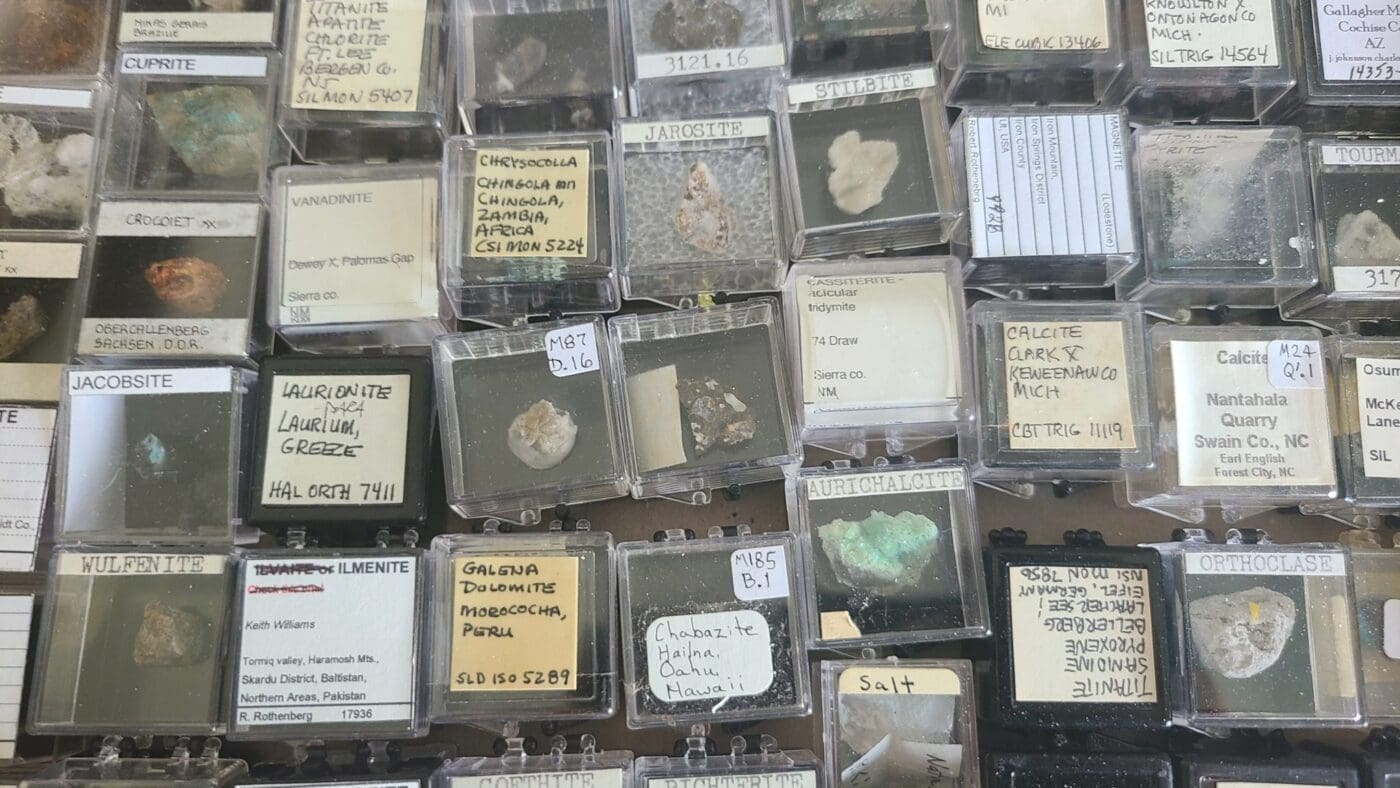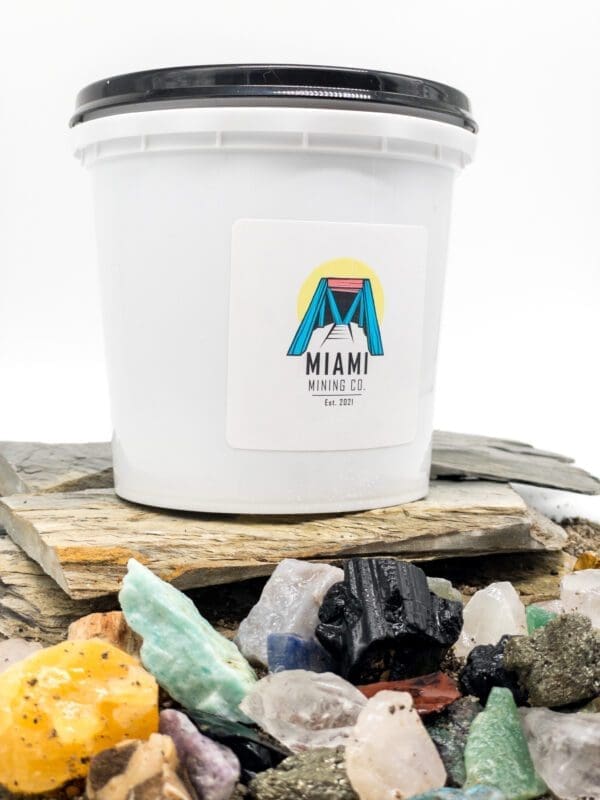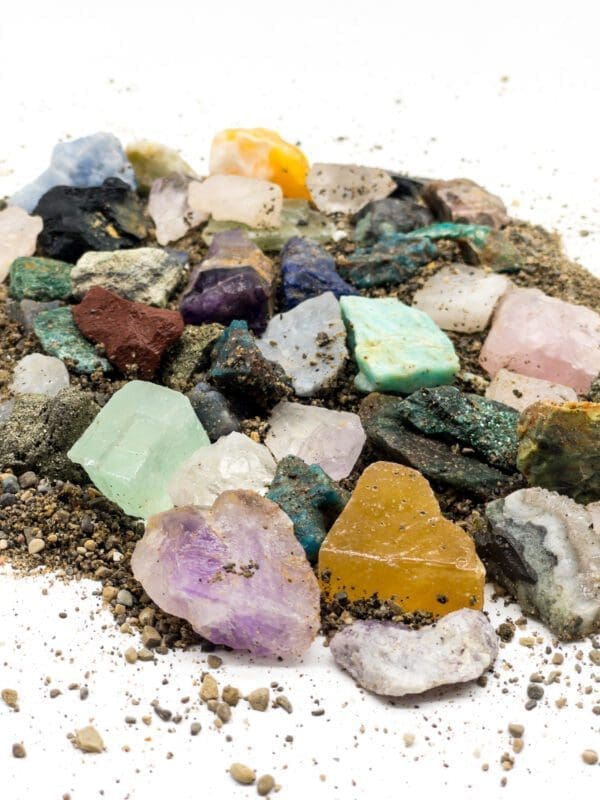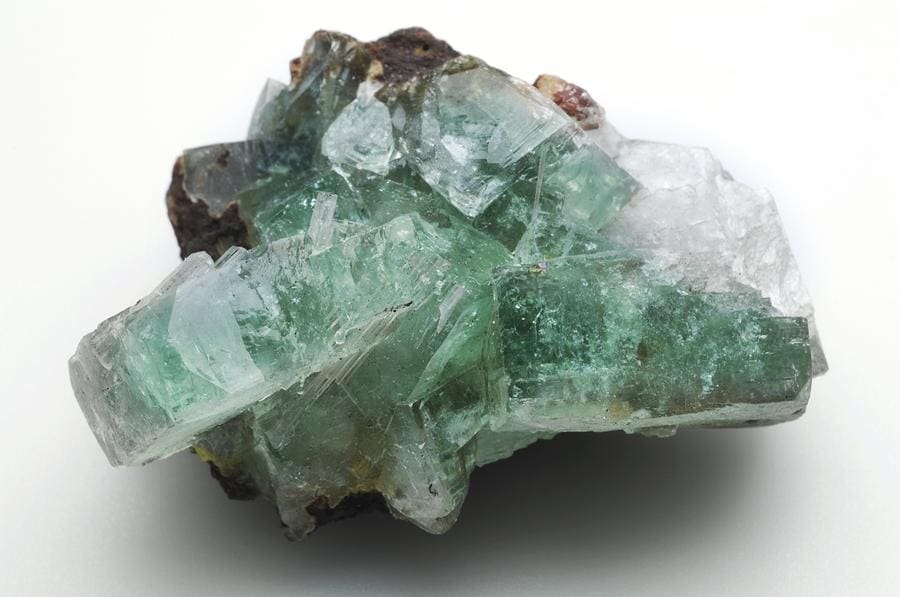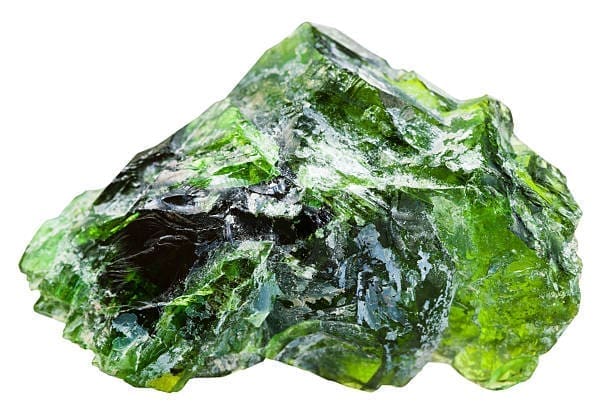Introduction
The world of mineral collecting clubs is a dazzling one, rich with the allure of natural beauty and the thrill of discovery. For those who find themselves mesmerized by the intricate details of a well-formed crystal or the unique hues of a polished gemstone, these clubs offer a welcoming community. Here, members not only share a passion for the Earth’s treasures but also benefit from a wealth of knowledge and experiences that far exceed what one might find in a magazine or a book.
Educational and Social Opportunities
Mineral collecting clubs are a nexus of education and social exchange. They provide a platform for seasoned experts to impart wisdom about the mineral kingdom through compelling talks and discussions. These gatherings become a source of inspiration and learning, illuminating the path for both novices and veterans in the field. Field trips, often highlighted as the year’s standout events, allow members to experience the joy of discovery firsthand, visiting sites where they can unearth their own mineral specimens.
Regional Connections and Federations
The fabric of mineral collecting clubs is woven from local communities to regional collectives, such as the Eastern, Midwest, Rocky Mountain, Texas, California, and Northwest federations. These groups unite under the American Federation of Mineralogical Societies, creating a larger, interconnected community that does not recognize individual memberships outside of local club affiliations. This structure fosters a deep sense of unity and collective identity among geology aficionados.
National Events and Conventions
An exciting aspect of these federations is their organization of mineral conventions. These grand conclaves are the epitome of what mineral collecting clubs stand for, amalgamating all the individual activities into a single, large-scale event that beckons hobbyists from every corner of the continent. These conventions are not just events; they are a showcase of passion, knowledge, and the communal spirit of mineral enthusiasts.
Activities of Mineral Clubs
Addressing the pivotal query, the activities at mineral collecting clubs are diverse. They offer an exceptional opportunity to indulge in the rewarding practice of collecting, studying, and cutting gems, minerals, and rocks. These activities cater to a spectrum of interests and provide a satisfying blend of entertainment and education. For hobbyists, there’s a profound joy in the tactile experience of cutting and polishing a raw stone into a piece of gleaming beauty. For the curious mind, studying minerals opens a window into the Earth’s geological processes.
Conclusion
Mineral collecting clubs present an enthralling gateway to a hobby that is both intellectually stimulating and immensely satisfying. They are places where lifelong friendships are formed, knowledge is exchanged, and the love for the Earth’s geological wonders is celebrated. For those ready to embark on this enriching journey, Miamiminingco.com offers the perfect starting point. With an array of gem mining buckets and exquisite mineral specimens, we provide all the essentials for both budding and experienced collectors. Join us in this adventure that promises to sparkle with excitement and discovery.
FAQ
- What are mineral collecting clubs?
Mineral collecting clubs are organizations that bring together individuals interested in collecting, studying, and cutting gems, minerals, and rocks. These clubs often provide a variety of educational resources and social opportunities for their members. - Can anyone join a mineral collecting club?
Yes, anyone with an interest in minerals and geology can join a mineral collecting club. Membership is open to hobbyists of all skill levels, from beginners to experienced collectors and lapidary artists. - What kind of activities do mineral collecting clubs offer?
Clubs offer a range of activities including field trips to collecting spots, educational talks by leaders in mineral work, and participation in mineral conventions and conclaves. - Are there mineral collecting clubs in different regions?
Yes, there are local mineral collecting clubs affiliated with regional federations across various areas such as the Eastern, Midwest, Rocky Mountain, Texas, California, and Northwest regions. - What is the American Federation of Mineralogical Societies?
The American Federation of Mineralogical Societies is a national organization that connects local clubs and regional federations across the continent, promoting the collective interests of mineral enthusiasts. - What happens at mineral conventions?
Mineral conventions gather enthusiasts from all parts of the continent to engage in a range of activities, including exhibitions of specimens, lapidary work, and sharing of ideas and knowledge about mineralogy. - How can I benefit from joining a mineral collecting club?
By joining a club, you can gain access to exclusive field trips, educational programs, and the collective knowledge and experience of club members, as well as opportunities to participate in regional and national events. - Do mineral clubs have any educational value?
Absolutely. Clubs provide extensive learning opportunities that go beyond what one can learn from books, such as hands-on experience with mineral identification and lapidary skills, as well as lectures from experts in the field. - Where can I find gem mining buckets or mineral specimens?
Gem mining buckets and a variety of mineral specimens can be found at Miamiminingco.com, which offers products for collectors and enthusiasts to enjoy and learn from. - Are mineral clubs suitable for all ages?
Yes, mineral collecting clubs welcome members of all ages, making them perfect for individuals, families, and anyone looking to explore the fascinating world of minerals and geology.


